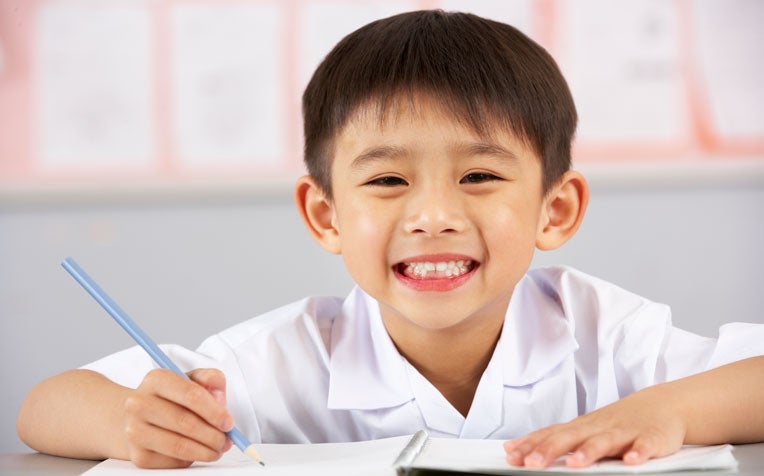
Severe itching is a common symptom of scabies and head lice, two highly contagious skin conditions caused by parasites.
Overcrowded living conditions and poor personal hygiene can help spread both these skin conditions, which can affect adults as well as children and infants.
“Avoid direct contact with an infected person as well as their bedding, towels, clothing and other personal items to protect yourself and your child from getting scabies or head lice,” says Dr Chong Jin Ho, Consultant, KK Women's and Children's Hospital (KKH), a member of the SingHealth group. “Children infected with scabies and head lice should be isolated and kept away from school.”
Scabies symptoms
Scabies is an itchy skin condition caused by a tiny mite – Sarcoptes scabei – which typically burrows in folds of the skin. The mite itself is invisible to the naked eye. The burrows are wavy tracks or tunnels which present with redness or blisters. The following areas can be affected in infants and young children:
- Scalp
- Face
- Neck
- Trunk
- Hands and feet
In adults, the mite may form tracks in the following areas:
- Hands and arms – between fingers, inside wrists, elbows
- Feet and legs – soles, between toes, knees
- Around the breasts, armpits, shoulder blades
- Buttocks and genitalia
“Red bumpy rashes on the genitalia can be an allergic reaction to the mites,” says Dr Chong.
Scabies itching can worsen during the night. Intense scratching can break the skin and lead to bacterial infection.
The scabies diagnosis can be confirmed when skin scrapings studied under a microscope reveal the presence of mites or eggs.
Scabies treatment
Medicated lotions are used for scabies treatment. The medicated lotion should be applied to the patient as well as anyone in close contact with the patient, even if they don’t have an itch or rash. “After exposure to scabies, symptoms may take up to two months to develop,” says Dr Chong.
Children over the age of six months can be treated with a malathion lotion while a permethrin lotion is suitable for children less than six months old. Malathion has to be kept on the skin for 24 hours to be effective. Permethrin can be kept on for eight to 12 hours.
The lotion should be applied from the neck to the toes, as well as the head if affected, especially in young children. It’s important to be thorough and cover even those seemingly unaffected areas such as the navel, between the toes and fingers, the wrists, armpits, genital area, buttocks and other body folds.
All household members and anyone with close physical contact (e.g. baby-sitter, domestic helper) must be treated, even if they do not have any itch or rash. A second application a week later is needed to kill any mites emerging from surviving eggs.
As itching can take a few weeks to resolve due to the allergic reaction to dead scabies mites, the child’s fingernails should be kept trimmed.
Head lice symptoms
The parasite Pediculus capitis causes head lice. Head lice symptoms include an itchy scalp and the presence of the parasite on the scalp, and its eggs on the hair shaft. An itchy, red bumpy rash can occur on the scalp and nape of the neck. Frequent scratching can cause the skin to break and infection to set in.
Head lice diagnosis is made when an examination of the hair, scalp, headgear or clothing reveals the parasites and eggs.
“Head lice patients typically have other family members who experience itching as well,” says Dr Chong.
Head lice treatment
Head lice treatment, like scabies treatment, involves the application of malathion or permethrin lotions. The lotion is applied on the hair and scalp, and treatment is repeated one week later. “Keep the application of the lotions away from the eyes and mouth,” says Dr Chong.
All members of the household should be examined for head lice and should receive treatment if they are found to be infected.
Following the treatment, the hair should be wet combed every three days for two weeks to remove the dead head lice. To wet comb hair, you need to moisten the hair with a hair conditioner and comb it from root to tip with a fine-toothed comb.
After scabies treatment and head lice treatment, the patient’s bedsheets and clothing should be washed in 60°C hot water and dried under direct sunlight, or in a hot cycle dryer. Items that cannot be washed e.g. large blankets, stuffed toys, should be kept in sealed plastic bags for at least one week to destroy the parasites.
Infected children should be isolated and kept away from school.
Ref: R14
Contributed by














 Get it on Google Play
Get it on Google Play